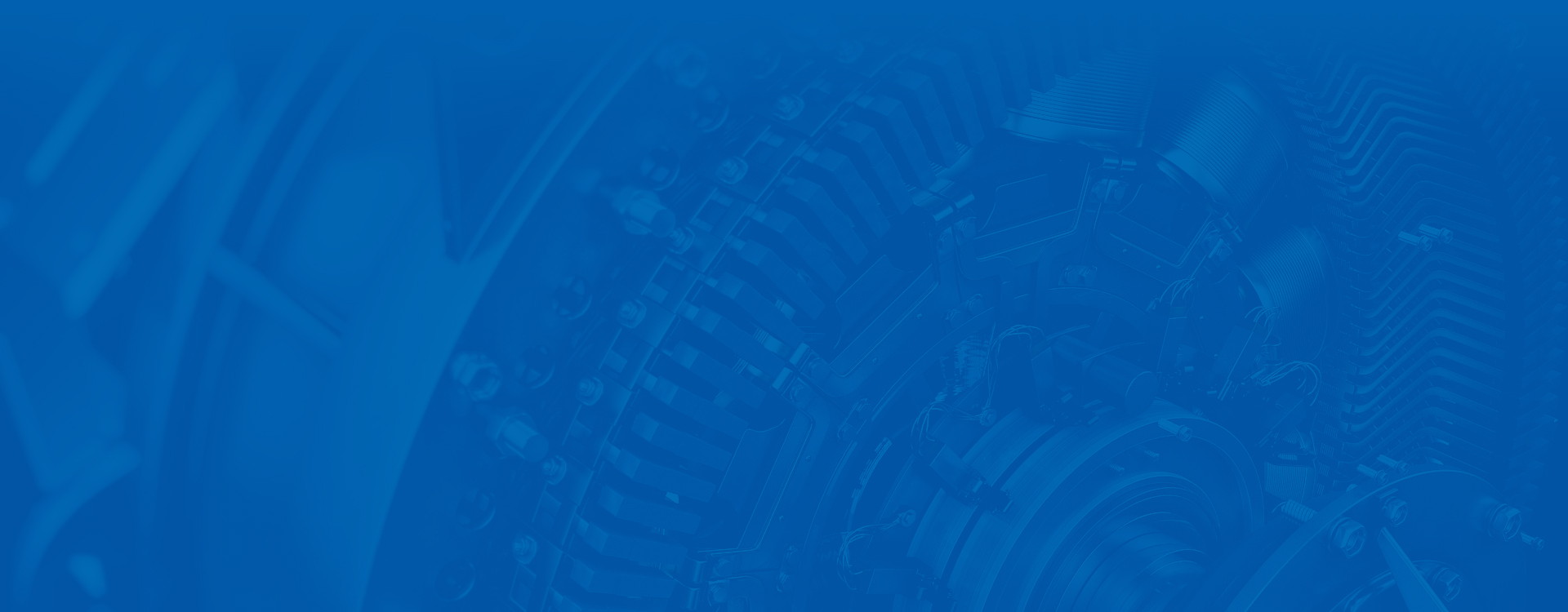
TAKE RITSCHER MOTOR, TAKE EASY LIFE!
Our Motor Categories
In today's industrial and consumer applications, electric motors play a crucial role in driving efficiency and performance. Among the many advancements in motor technology, three key characteristics stand out: Energy Saving, Stable Performance, and Low Noise. These features not only enhance operational efficiency but also contribute to sustainability and user comfort.
Applications
Stepper motors are widely used in the following fields due to their advantages such as precise positioning, strong controllability and simple structure:
DC reduction motors combine the efficient drive of DC motors and the variable speed and torque increase characteristics of gearboxes, and are widely used in the following fields:
Automotive industry
Household appliances
Financial and office equipment
Automation and robots
Automation and robots
Electronic toys
Capacitor motors (single-phase asynchronous motors) are widely used in the following fields due to their simple structure, reliable starting and low cost:
1. Household appliances
2. Industrial equipment
Tubular motors adopt an integrated hollow tubular design, with the characteristics of compact structure, easy installation, and quiet operation. They are widely used in the following scenarios:
1. Smart home
2. Commercial and public facilities
Product Advantage
High efficiency and energy saving, stable and durable, quiet and low noise, precise control, wide application
Energy-saving and high-efficiency
Stable and durable
Quiet and low noise
Precise control
Wide adaptation
Intelligent integration
High efficiency and energy saving
1. Electromagnetic design and material optimization
2. High-efficiency permanent magnet technology (such as BLDC motors)
3. Intelligent variable frequency control
4. Intelligent variable frequency control
5. Reduce mechanical loss
6. Energy efficiency standards and system matching
7. Regenerative energy feedback (such as servo motors)
Stable and durable
1. Structural design and material selection
2. Bearing system optimization
3. Strengthened insulation system
4. Improved heat dissipation performance
5. Enhanced environmental adaptability
6. Reliability verification system
7. Intelligent monitoring and maintenance
Application example
Quiet and low noise
1. Electromagnetic noise control technology
2. Mechanical vibration suppression system
3. Aerodynamic optimization
4. Acoustic coating material
5. Intelligent speed control strategy
6. Acoustic testing and optimization
7. Comparison of typical application data
Technology frontier: The active noise control (ANC) motor under development is expected to reduce noise in specific frequency bands by another 10-15dB through embedded MEMS microphone arrays and reverse sound wave emission. At the same time, the application research of metamaterials in motor housings has entered the engineering verification stage, which is expected to break through the mass law limitations of traditional sound insulation materials.
FAQs
Q1: How does the motor work?
A1: Electromagnetic action converts electrical energy into mechanical energy, driving the rotor to rotate.
Q2: What materials are needed for the motor?
A2: Silicon steel sheets, copper wires, magnets, insulation materials, housings, bearings, commutators, coolants.
Q3: How do motors keep pace with the times?
A3: Intelligent control, high efficiency and energy saving, new materials, Internet of Things, miniaturization, and new energy adaptation.
Related Blogs
Related Videos
Ritscher has specialized in micro-motor manufacturing since 2006. Covering an area of 15,000 square meters,
more than 100 employees, we have an annual production capacity of 4 million pcs and annualturnover 15 million US dollars.Ritscher motors are widely used in cooker hood, oven,
microwave, exhaust fan, electric fan, hair dryer, juicer,blender, pump, toy, beauty product, electric tool and other household appliances.Not only famous on the domestic market, but also Ritscher earns a great demand in America, Italy, Germany, Japan,
Turkey, Singapore,Spain, Poland, Ukraine, Pakistan, India and other countries and regions.
Contact Us
Have questions about our company? Our support team is here to assist you! Whether you need product information, technical support, or have feedback, we're just a message away. Contact us via the email, or phone. We're here to help!
Mob
+86-180692623914










